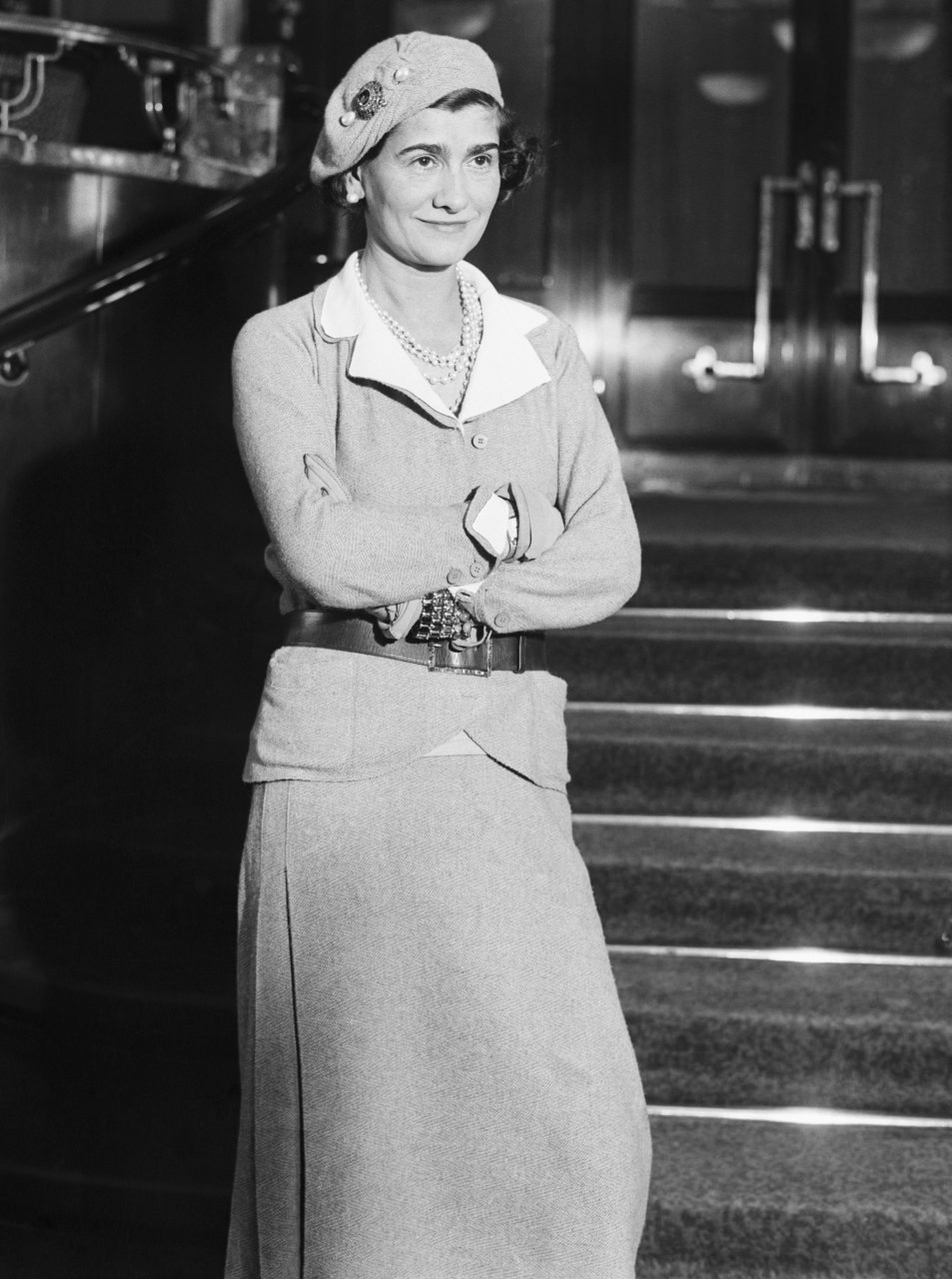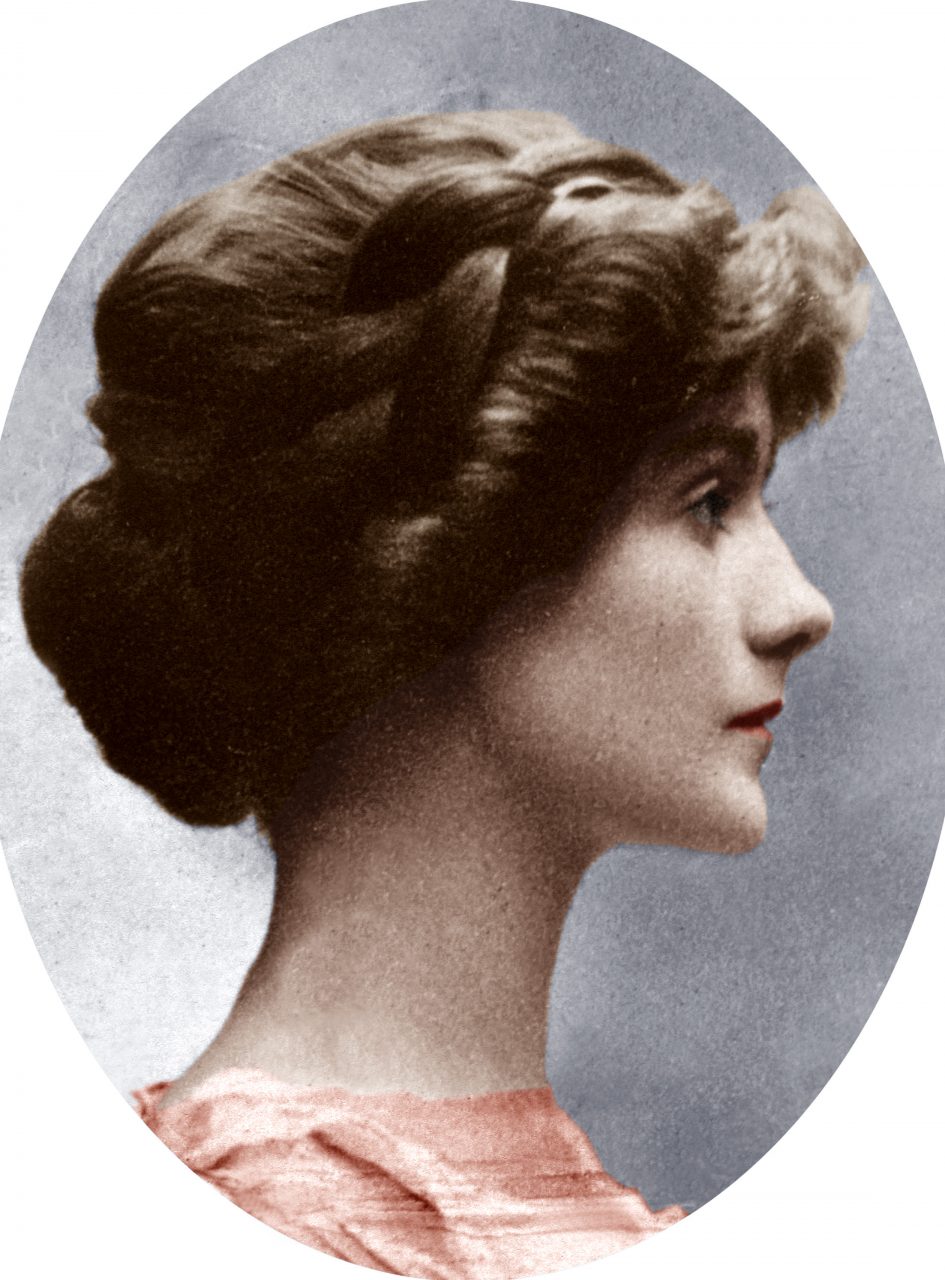Coco Chanel was a force to be reckoned with. As one of the most renowned designers in history, her unconventional designs turned the world on its head, revolutionising womenswear in the 1920s. It was she who paved the way for designers like Karl Lagerfeld and Virginie Viard, with her rags-to-riches story starting from a small millinery shop on the streets of Paris. To celebrate the icon that is Coco Chanel, we take a look back at her life with five facts about the illustrious figure who took the fashion world by storm.
She had humble beginnings
1941 Coco Chanel (1883-1971)
Photo: Apic via Getty Images
Chanel was born in 1881 in Maine-et-Loire, France, to a laundress and a street vendor. At the age of 11, after the death of her mother, she and her two sisters were sent to an orphanage in the convent of Aubazine, where she learned to sew. She later worked as a seamstress in Moulins and sang at the cabaret La Rotonde in the evenings. Allegedly, it was there where she acquired the nickname Coco, a reference to “Who Has Seen Coco?”, a song she often performed; she claimed that the nickname was from her father. It was not until 1910 that she opened her millinery shop Chanel Modes in 21 rue Cambon, Paris, and her first boutique in 1913.
She liberated women’s fashion
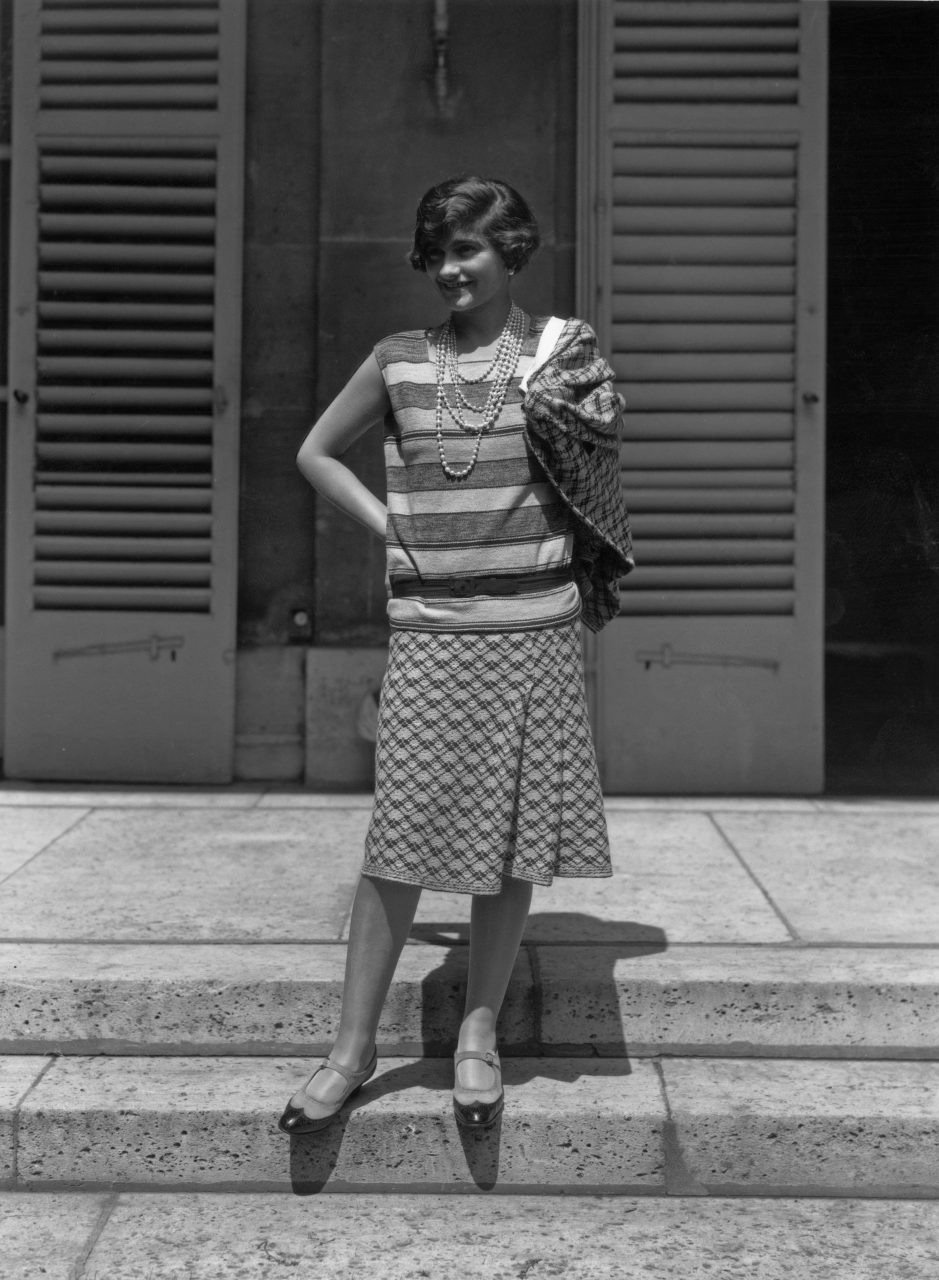
May 30, 1929 Coco Chanel wearing a jersey skirt at her home in rue de Fauborg, St Honore, Paris.
Photo: Sasha/Hulton Archive via Getty Images
In the age of tightly cinched waists and conservative hemlines, Coco Chanel freed women – literally – by dismissing corsets from her designs, choosing instead to draw influences from menswear, emphasising comfortability and practicality in the form of low waistlines and boxy silhouettes. She was recognised for her tweed suits, shortened hemlines, and most of all, the Little Black Dress. The simple yet versatile Chanel LBD was deemed a “uniform” among women of all social classes, a timeless piece that could be worn on every occasion. The dress also transformed black, a colour traditionally associated with mourning, into one that exuded refined elegance.
Her lovers were her muses
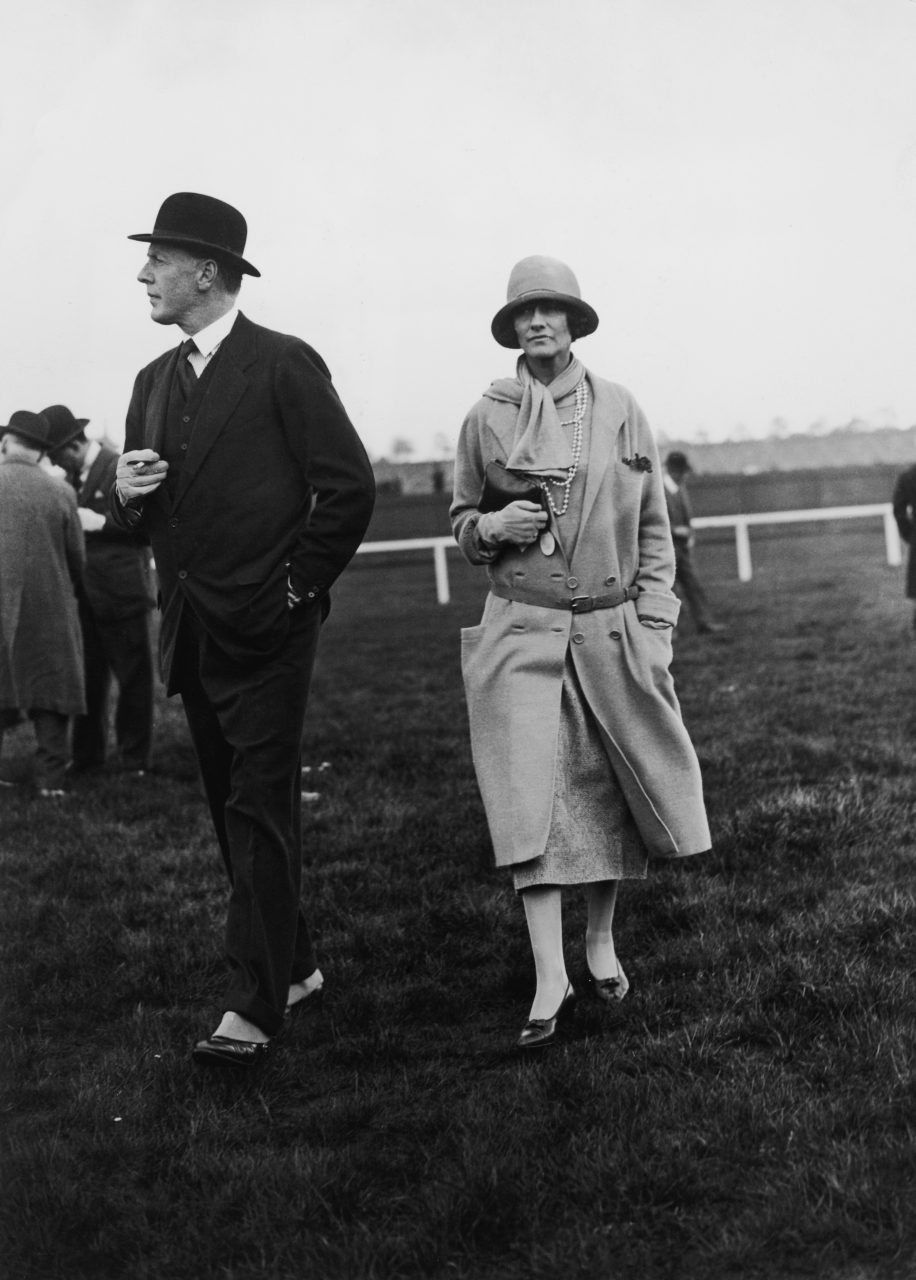
May 1, 1924 Coco Chanel with Hugh Grosvenor, 2nd Duke of Westminster at Chester Races.
Photo: Phillips/Topical Press Agency/Hulton Archive via Getty Images
Although Coco Chanel never married, her suitors played a big part in her career. One such lover was aristocrat and polo player Arther Edward “Boy” Capel, who financed her first boutiques in rue Cambon and Deauville. It was thought that some of her most iconic designs, such as the CC logo, Chanel No. 5 bottle, and equestrian-style ensembles, were his influences. Karl Lagerfeld even released the popular “Boy Bag” in the Autumn/Winter 2011 collection as a homage to Capel, “the great love of [Chanel’s] life.” Another well-known suitor was the infamous 2nd Duke of Westminster, whose English wardrobe – which Chanel frequently borrowed – led her to design the renowned tweed jacket that remains a house icon to this day.
Her house icons were deeply personal
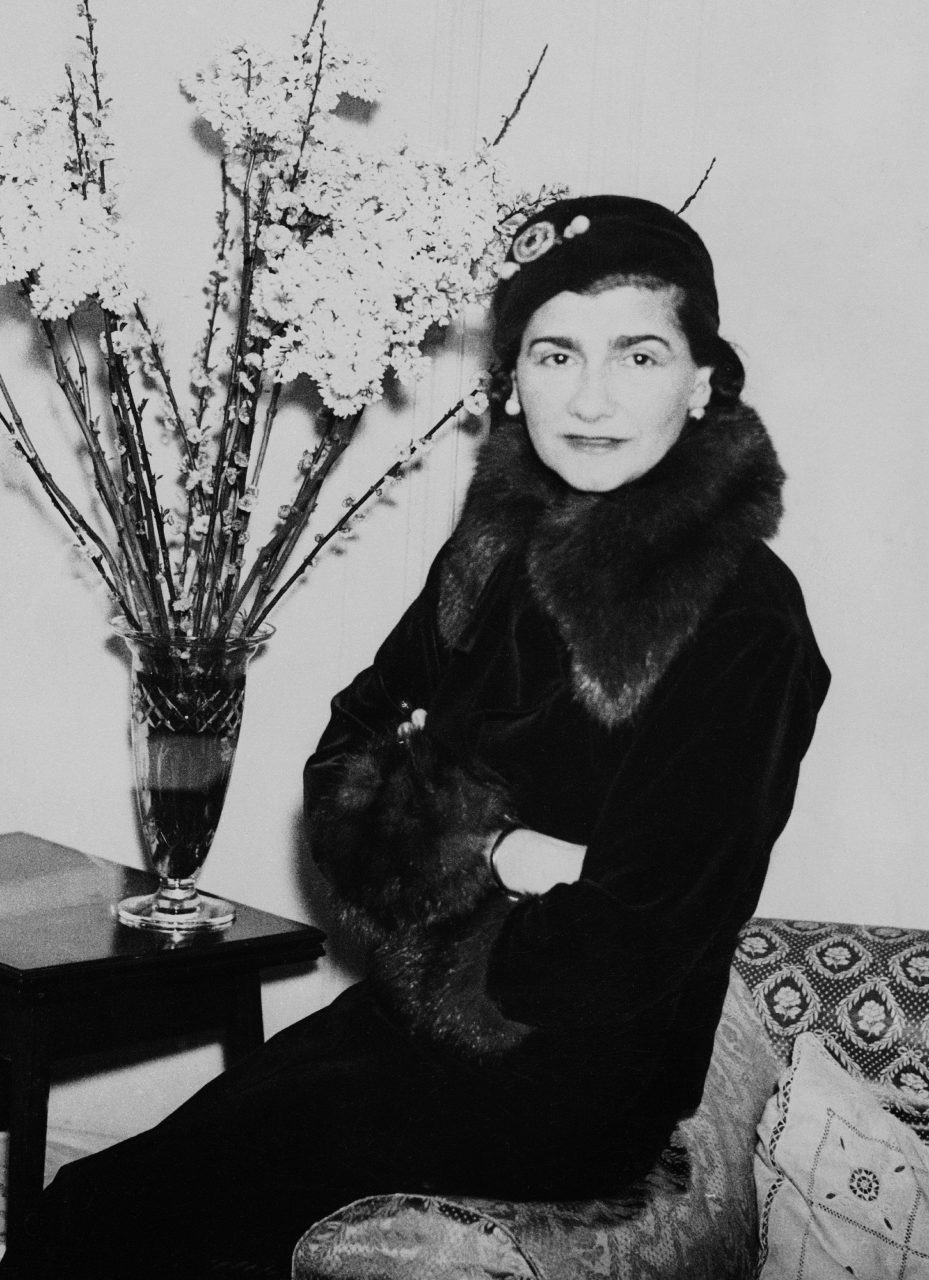
February 25, 1932 Coco Chanel during a trip to London.
Photo by Keystone-France/Gamma-Keystone via Getty Images
Chanel’s motifs and iconographies are distinctive due to their emotional connections to the couturier. Featured everywhere today in Chanel’s products from skincare to pins, the white camellia is ever-present in the brand. Legend has it that Capel once gifted her a bouquet of camellias, one she liked so much that she began adorning herself and her designs with silk imitations of the flower. Another prominent house motif is the lion: an avid lover of astrology, Chanel (who was a Leo) would often feature the feline animal in her designs, perceiving it as a symbol of strength and independence. This iconography followed her in death: her tombstone was embellished with five intricate carvings of lions.
Her favourite number was 5
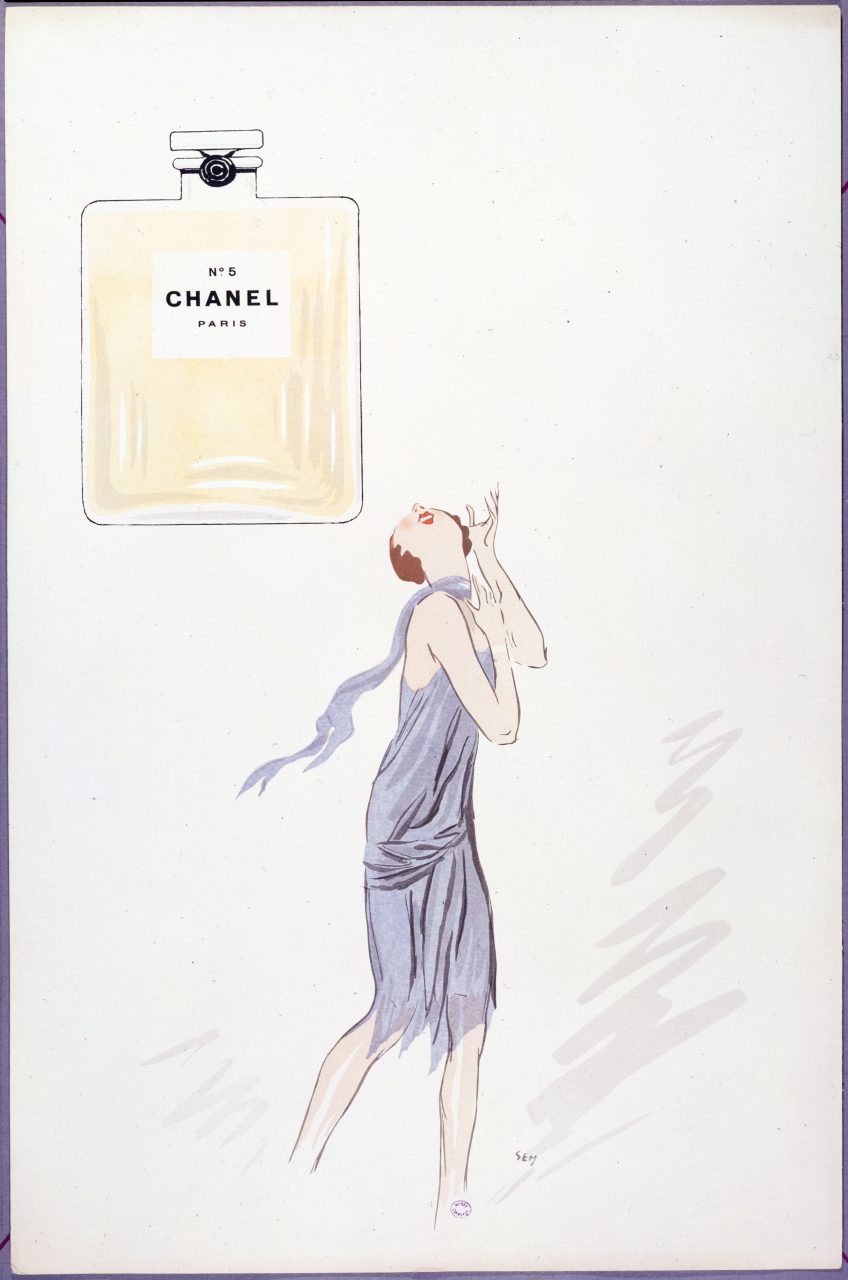
An advertisement for Chanel Number 5 perfume, 1921: a drawing by Sem (Georges Goursat, 1863 - 1934)
Photo: Musee Carnavalet/Roger Viollet via Getty Images
Chanel had an obsession with the number 5. The designer believed that the number would bring her luck and fortune, and in a way, it did: she picked the fifth scent out of the line of samples that perfumer Ernest Beaux presented her and aptly named it No. 5; she launched the fragrance on May 5th, 1921, which went on the become her house’s signature scent; her 2.55 bag, named by the fact that it was created in February 1955, instantly became society’s new “it-bag.” Chanel imbued the number in everything, from insisting that her collections be shown on the 5th, to reviving her couture house at the age of 71 through a collection that opened with a jersey set with the number 5.
Read Next
Annabelle Lopez Ochoa and Jérôme Kaplan On Coco Chanel: The Life Of A Fashion Icon
Editor
Mina ChanCredit
Lead Image: Bettmann via Getty Images